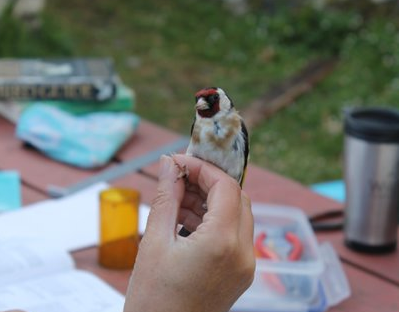The role of scientific research and investigation into marine coastal environments is essential as it not only identifies key changes and pressures, but also allows researchers to develop conservation agendas and policies to address these changes. Most research involving conservation and biodiversity in Ireland is carried out by public and private institutions working with and for government bodies. Organisations like the Environmental Protection Agency (EPA), the Marine Institute, and the National Parks and Wildlife Service (NPWS), as well as universities, are all key players in the understanding of what is occurring in the marine environment today and how trends have changed over time. A recent study has shown that the general public believe that scientists are the best suited group to manage the marine environment, with over twice that of local and national governments (Hynes et al., 2014). What the public may not realise is that they too can play a key role in scientific research.
Citizen Science

Increasingly, scientists have realised how valuable non-scientists are as a resource, both in terms of data collection and information processing. “Citizen science” has been identified to be highly useful, particularly in the ecological field. Projects revolving around topics such as climate change, invasive species, conservation biology, ecological restoration, water quality, population ecology, and a variety of monitoring aspects, have all gleaned valuable information from the involvement of citizen scientists (Silvertown, 2009). Especially when field work is required, members of the public can provide an effective method of collecting large amounts of data very quickly. One organisation in particular that benefits from citizen science participation is the National Biodiversity Data Centre.
National Biodiversity Data Centre
The National Biodiversity Data Centre supports a number of recording initiatives within local communities and provides easy and accessible tutorials for identifying species of flora and fauna. Sightings are often posted by the public to Twitter, through their standardised recording sheets available via their website, and also through their Biodiversity Data Capture App developed by Compass Informatics. Once verified all of this data is uploaded and presented on their Biodiversity Maps. Advancements in technology such as good quality smartphone cameras are continuing to help involve members of the public in scientific research (Dickinson et al., 2012). To catch up with some of the work being undertaken by members of the public, visit the following Twitter campaigns:

Closer to home, the School of Bioloigcal, Earth and Environmental Sciences at University College Cork is heavily involved in research projects and initiatives that focus on pressing environmental issues both within a coastal and inland context. You can learn more about the diverse projects being undertaken within this school by visiting their Research Page.
Through the Freedom of Information Act and the Aarhus Convention (UNEC, 1998), members of the public are not only encouraged to be involved in environmental management, but actually have the right to access information and voice their opinions. However, in Ireland, this appears to not be generally known, and so is less frequently occurring. It is through creating a dialogue between trained scientists and citizen scientists, that the most effective methods of environmental monitoring and management can be put in place.
>> Ecotourism

